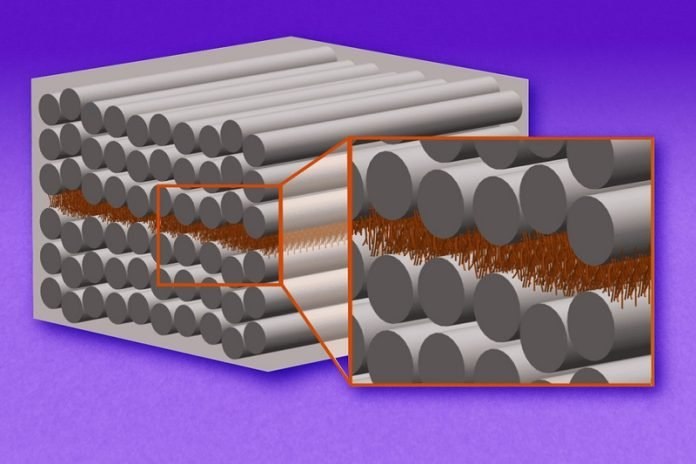
In the realm of wireless communication, a team of researchers from the University of Science and Technology of China has made a significant breakthrough.
Led by Professor Zuo Chengjie, they have created a new type of resonator that improves how electronic devices like smartphones and tablets connect and communicate wirelessly.
Traditionally, devices have used a technology called Surface Acoustic Wave (SAW) resonators to transmit and receive signals.
These are especially useful in systems that operate below 2 GHz, which is a measure of frequency similar to the concept of tuning into different stations on a radio.
However, as technology advances towards 5G and 6G, which operate at higher frequencies and require more bandwidth, the old SAW resonators started to fall short.
The traditional SAW resonators were limited because they used only one kind of piezoelectric effect — a method where materials generate electricity when mechanically stressed or, vice versa, vibrate when electric voltage is applied.
To address these limitations, Professor Zuo’s team developed a new type of resonator, known as the Coupled Shear SAW (CS-SAW) resonator.
This innovative resonator is built on a combined material called LiNbO3-on-SiC. By carefully adjusting the angles and thickness of this material, the device can effectively utilize two different piezoelectric effects at the same time.
This means that the resonator can operate efficiently at much higher frequencies — around 5 GHz to 6 GHz, which are essential for next-generation wireless communication.
The performance of this new resonator is impressive. It boasts a high electromechanical coupling coefficient of 34%, a technical term that essentially measures how efficiently the resonator can convert electrical energy into mechanical energy and vice versa.
Its figure of merit, which is a way of measuring overall performance, reaches up to 221. This is the highest recorded for resonators working in the 4 GHz and above range in the last decade.
What does this mean for everyday users?
With this advancement, wireless devices can handle more data over broader frequency bands, leading to faster and more reliable connections. This could enhance everything from streaming videos on your phone to ensuring stable and quick internet connections in crowded areas.
The development of the CS-SAW resonator not only marks an advancement in resonator technology but also opens new possibilities for future devices that require high-performance communication capabilities.
This could lead to better wideband filters, tunable resonators, and highly sensitive sensors, expanding the horizons of what our devices can do.



